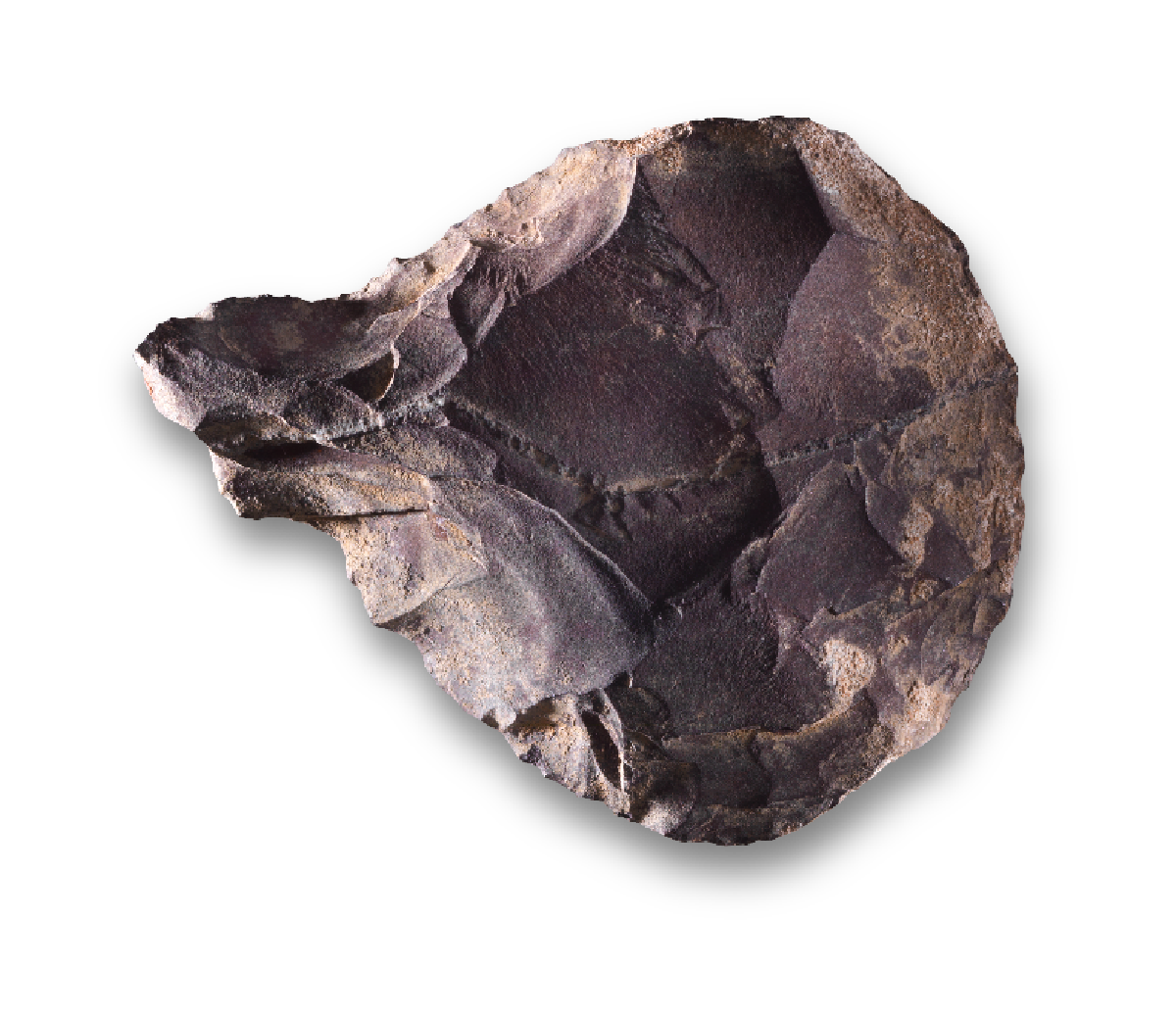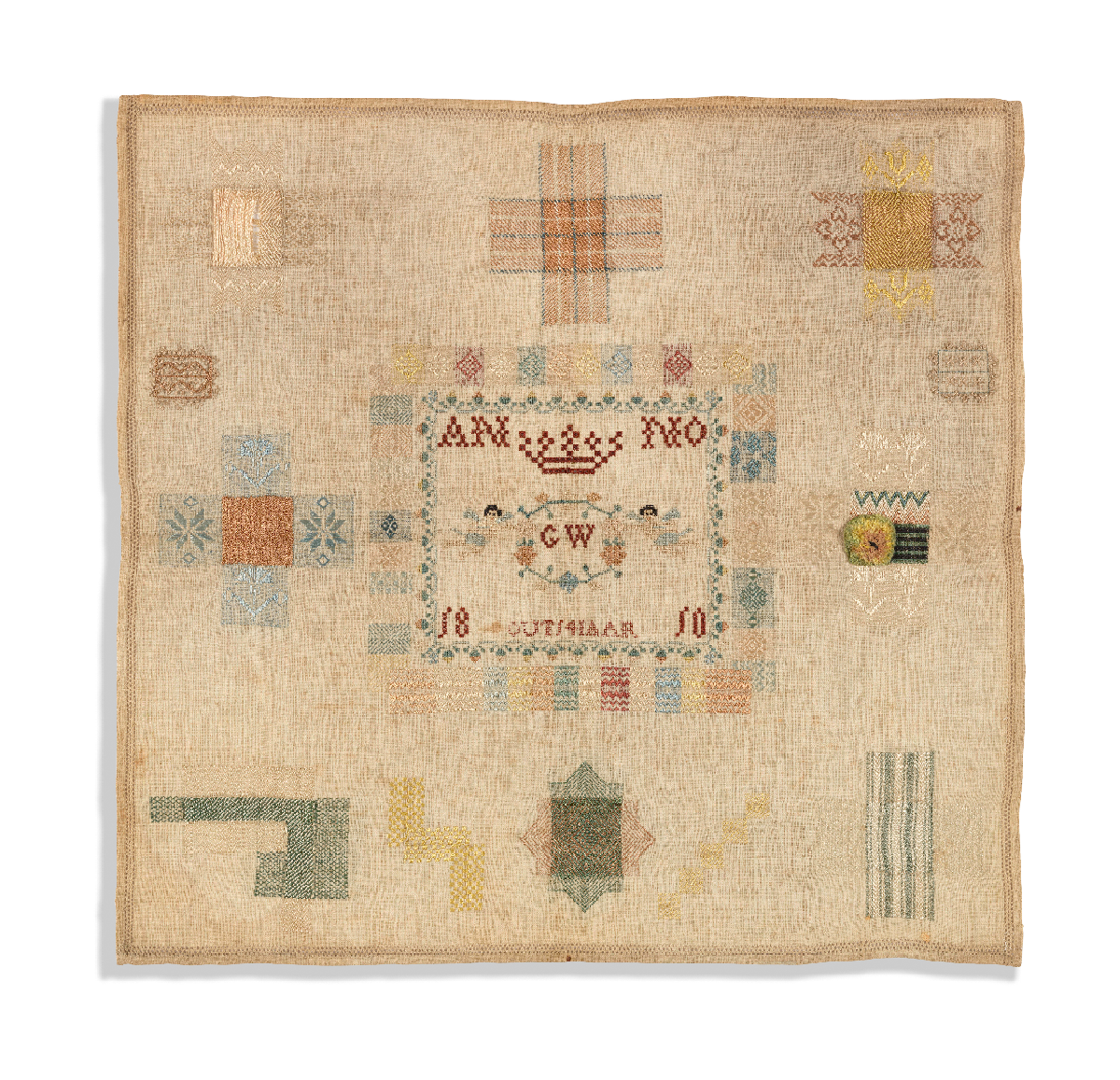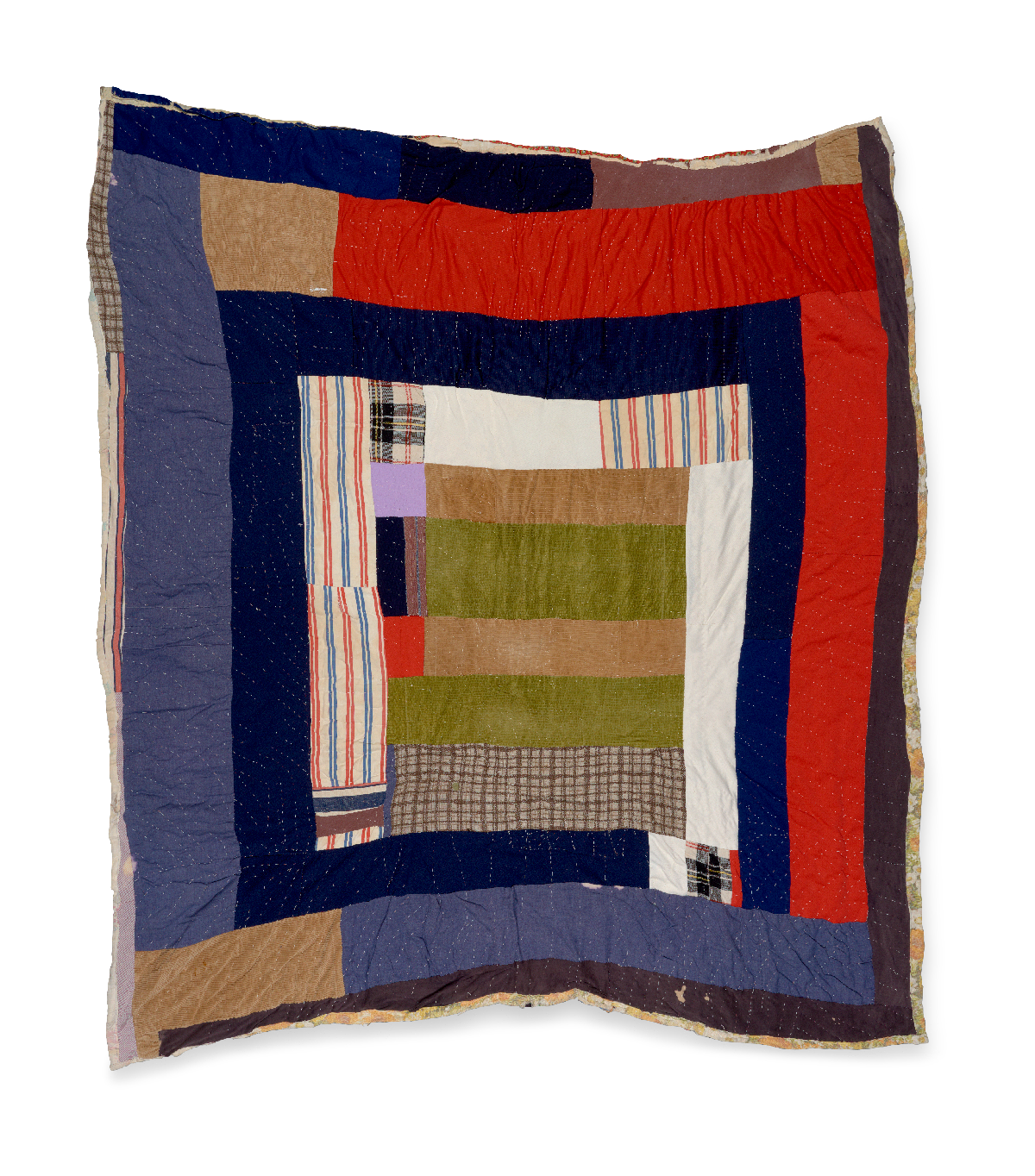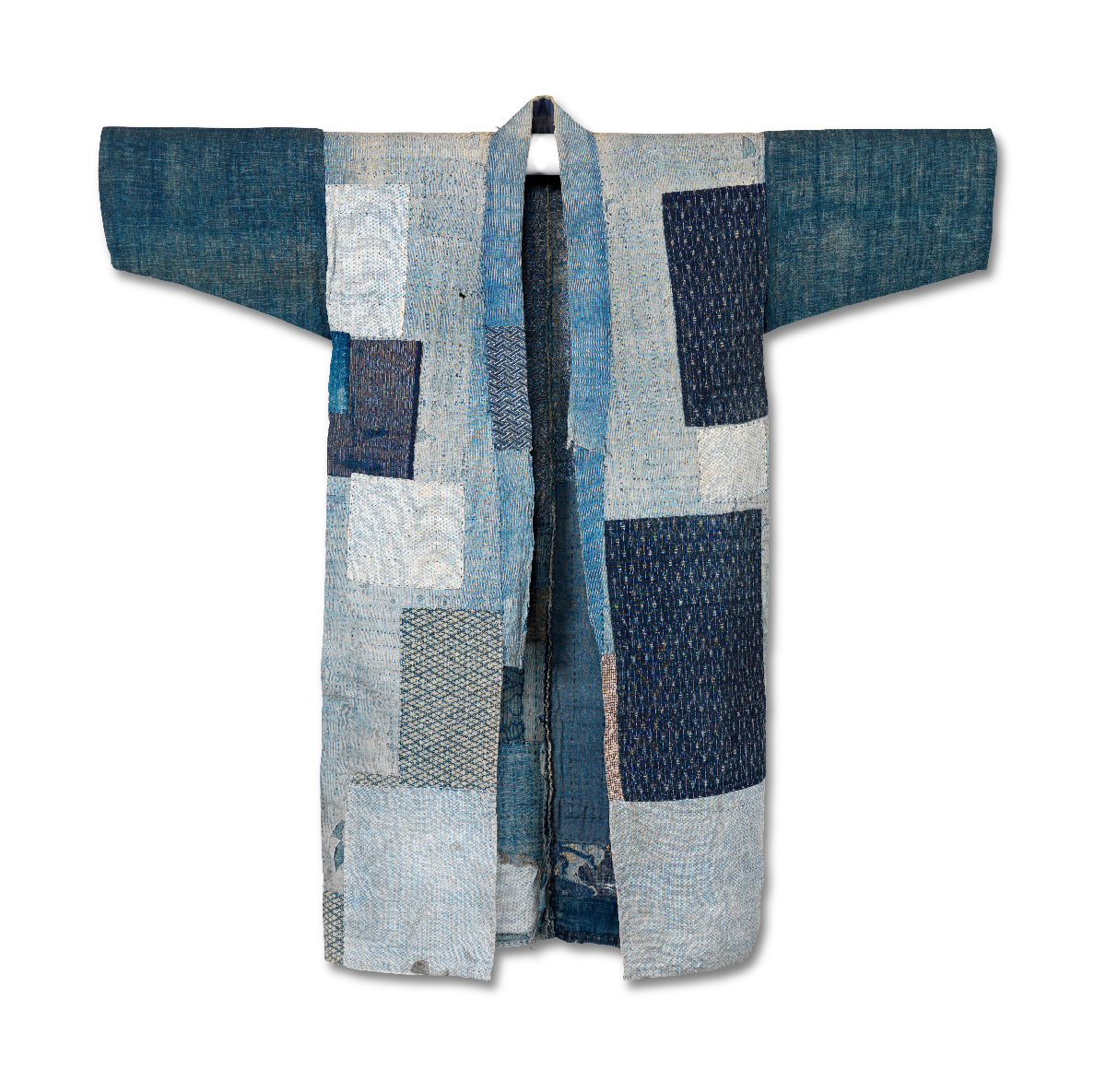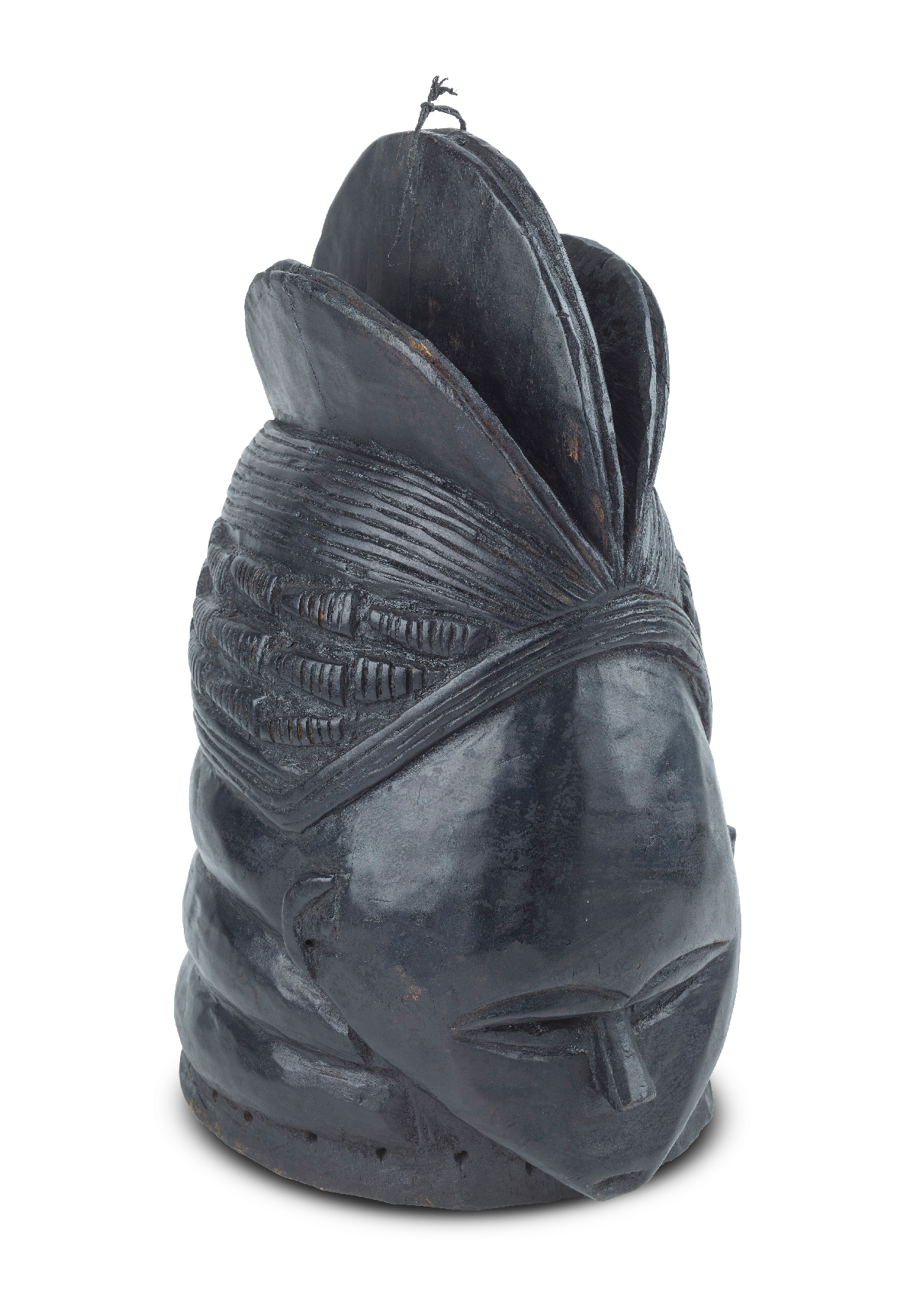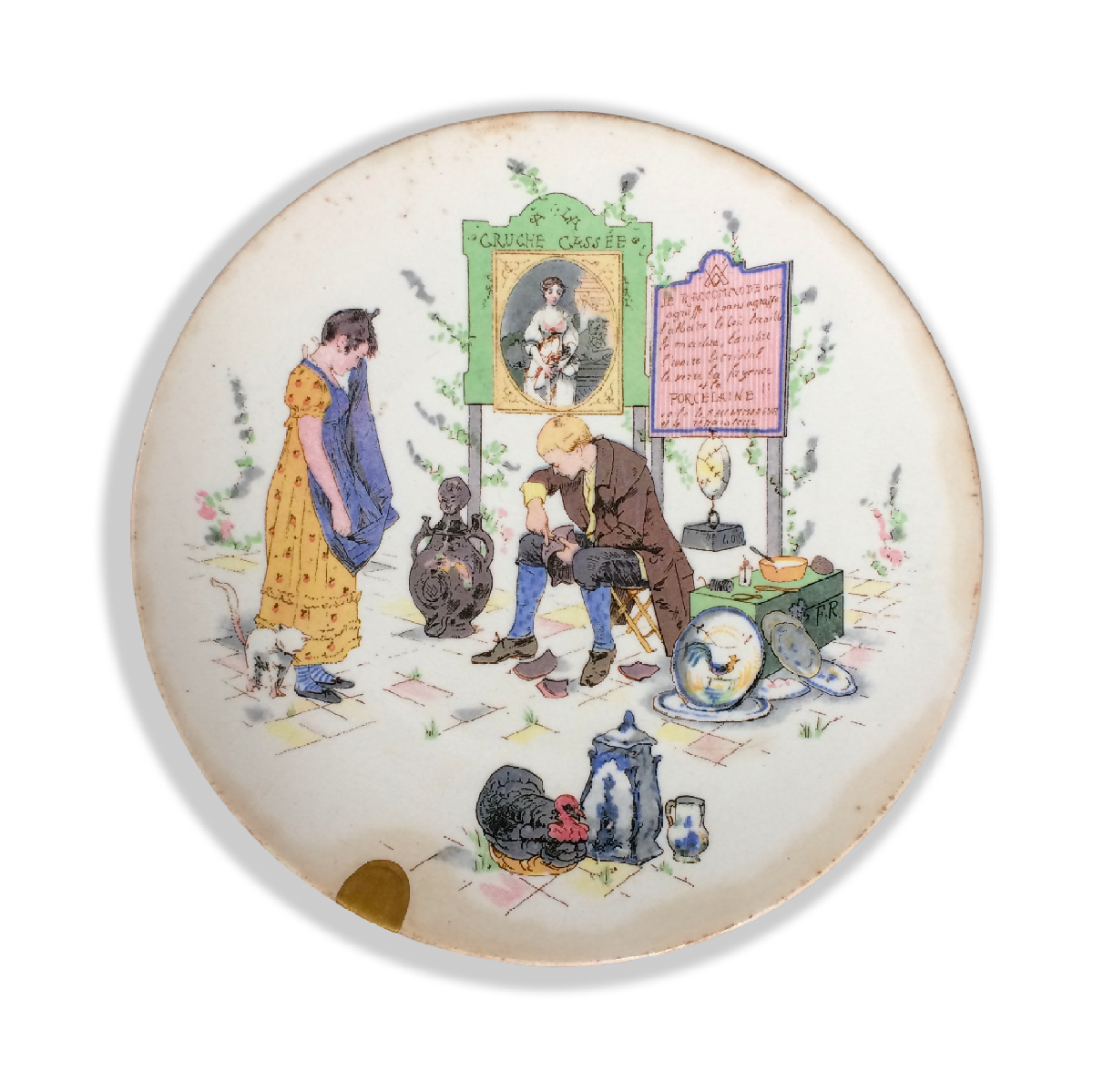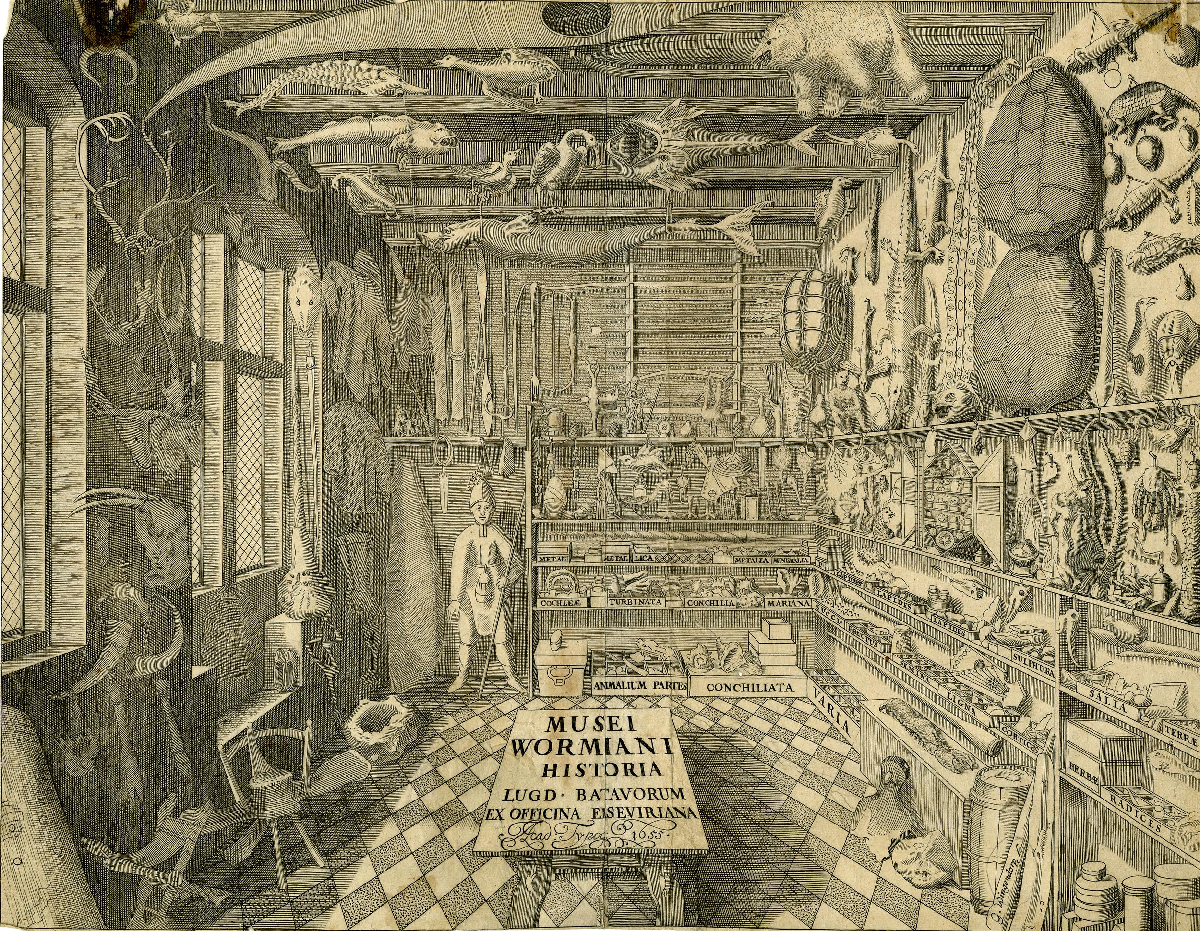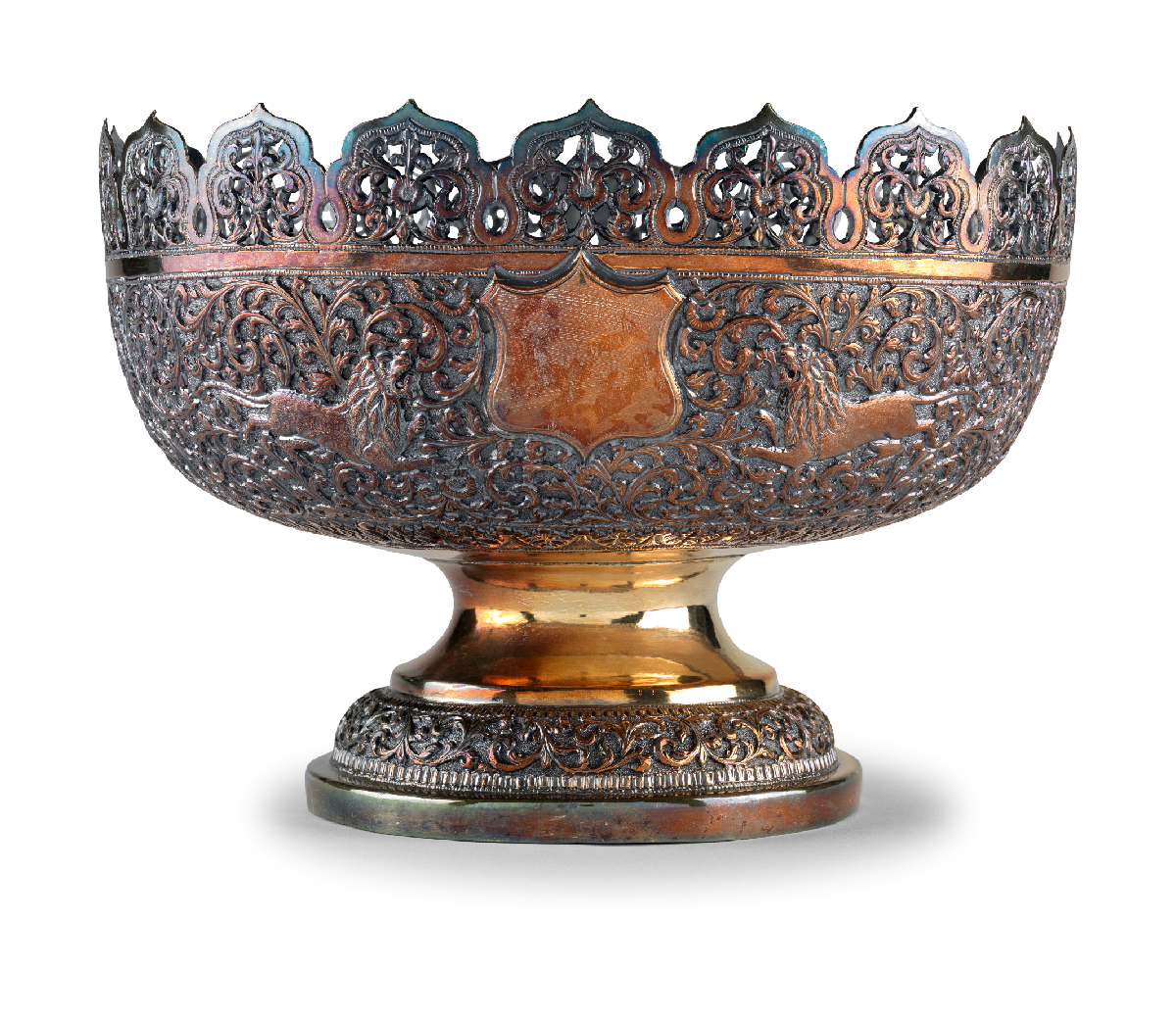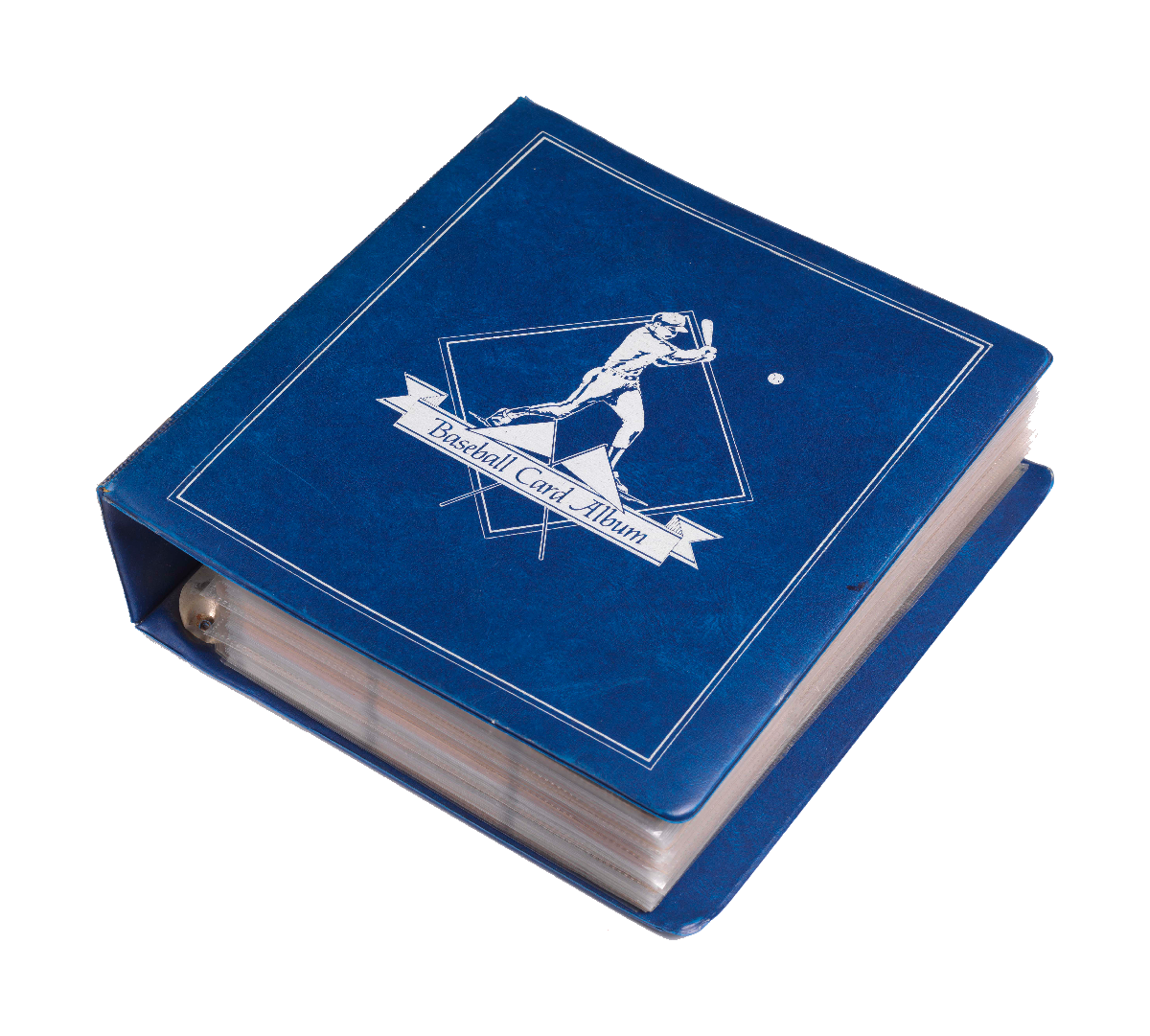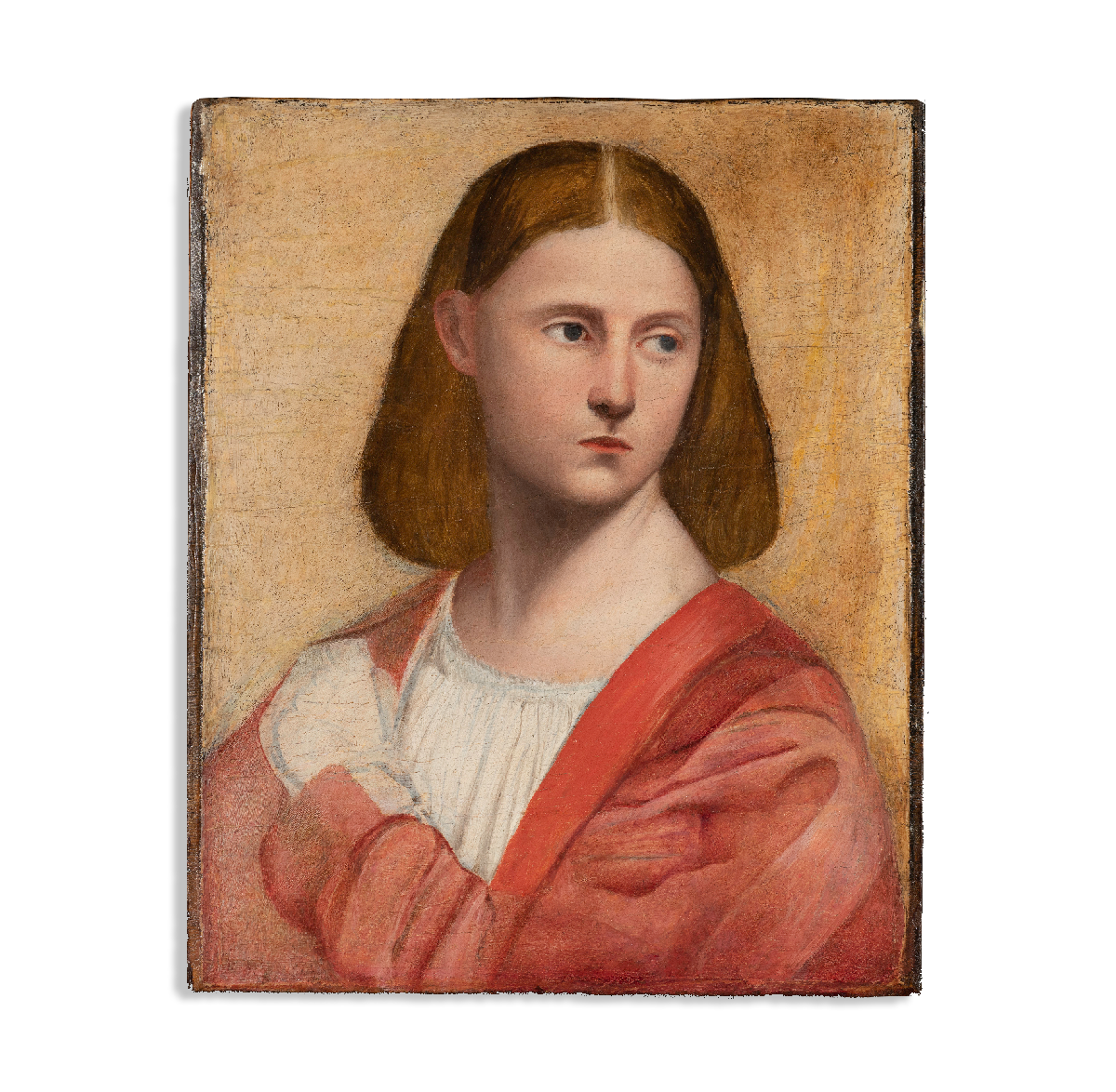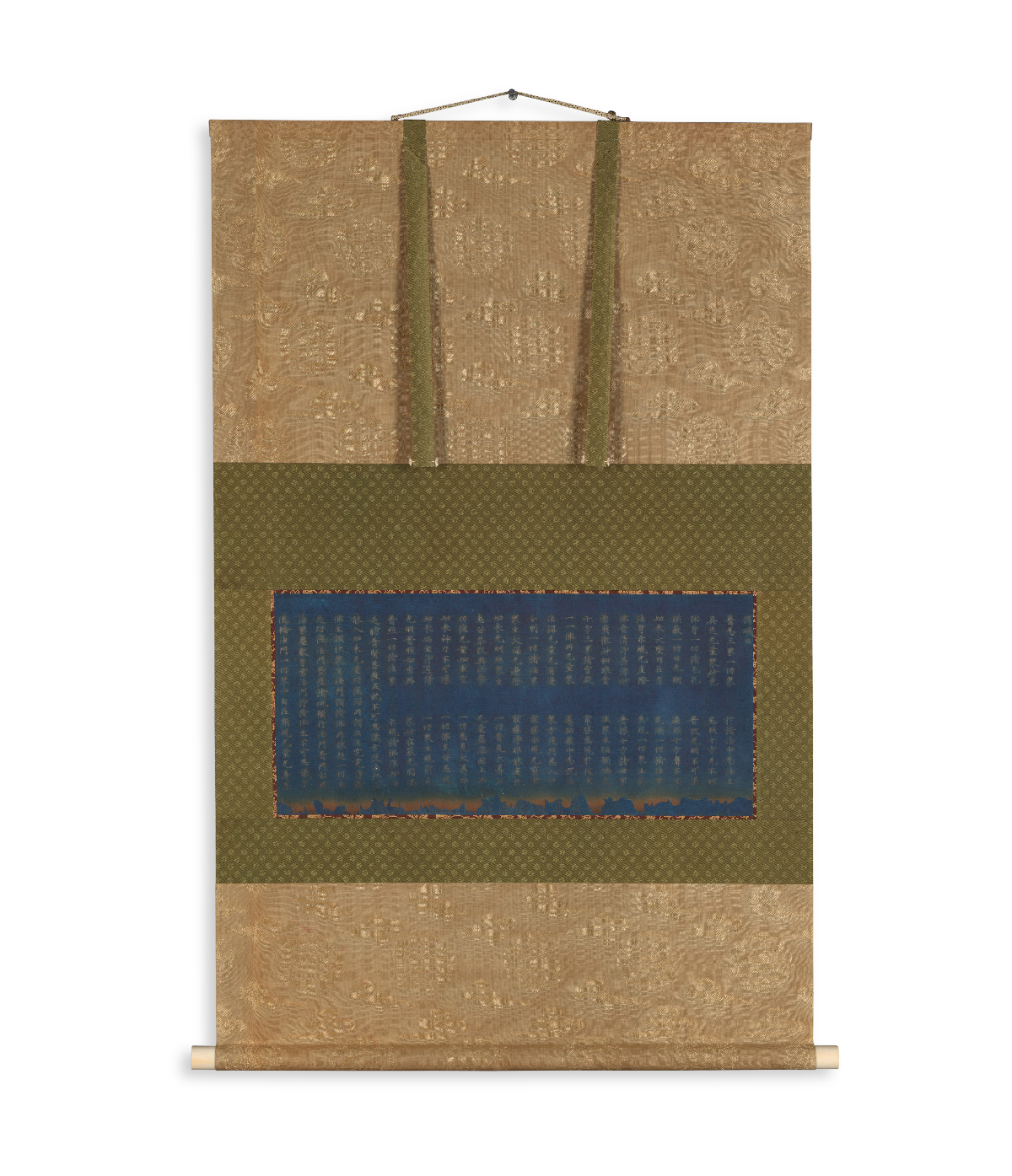Modes of Activity
Conservation describes the human effort to grapple with the activity of matter by enabling items to persist over time. People have done so through transmitted practices of care and repair that vary across time, space, and cultures. On a fundamental level, conservation is also connected to memory and memorialization. The act of creating monuments, whether in stone, brick, or wood, is a materialization of memory and, in itself, a form of conservation. Conserving these monuments is one way to keep them alive, maintaining their function and passing them on from the present to the future. The evocative inscription in a sixteenth-century drawing of the Septizonium in Rome by Dutch artist Maarten van Heemskerck proclaims: “Roma Quanta Fuit, Ipsa Ruina Docet” (“How great Rome was, its very ruins teach”). We can trace a line from Renaissance students of antiquities to modern archaeologists and conservators.
The items in this section explore conservation in various ways, from the preservation of the body for the afterlife to craft-repair practices and their accompanying social histories. Collectors and institutions have supported the codification of conservation knowledge and the professionalization of its practices. Professional conservation in the United States today traces its origins to nineteenth-century Europe, where it emerged as a modern discipline combining theory, practice, scientific study, and creative intervention.
Collecting as Conservation
Collecting practices formed the cabinets of curiosities that were typical of seventeenth- and eighteenth-century Europe. The Danish physician, natural historian, and antiquarian Ole Worm created such a museum, depicted in an engraving from the catalogue of his collection printed in 1655. Rosamund Purcell’s contemporary reconstruction of Worm’s museum reanimates the actions of collection and preservation, in essence conserving this selection of things through its performance in the present. And yet, these practices are not always formal or institutional in nature. As people, we inherit, collect, and keep items of value and significance, and, through these actions, we transform them into objects of preservation.
Professional Conservation
Today’s professional discipline of conservation emerged from the practices of restoring monuments, paintings, and sculpture in eighteenth-century Europe. These practices coalesced into more or less shared approaches with regional characteristics in the nineteenth century, followed by the development of professional training programs with specialized tools and curricula in the twentieth century. Influenced by the ever-expanding range of items in the care of conservators, the discipline has also been shaped by the identities, educational backgrounds, and experiences of its practitioners. Professional conservators today address the persistent activity of matter in different ways, working in a variety of contexts and established frameworks of ethics and values.


